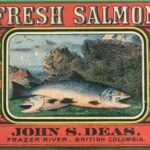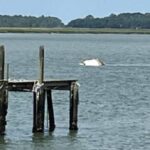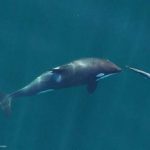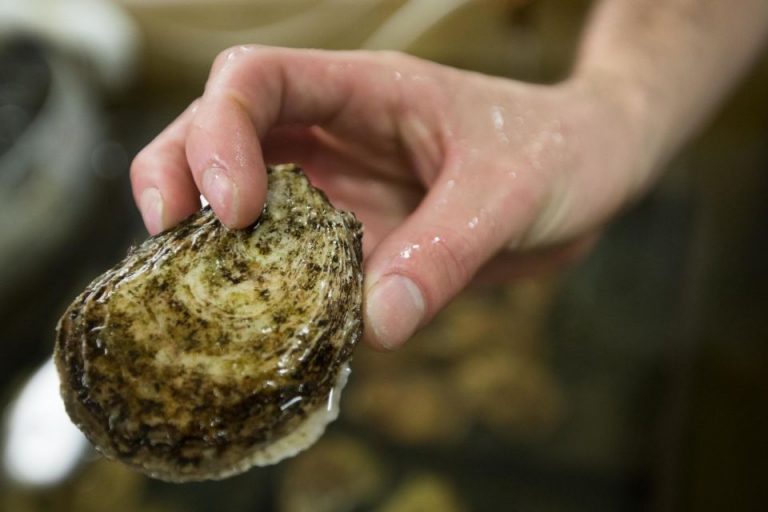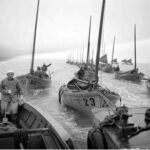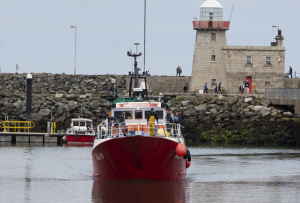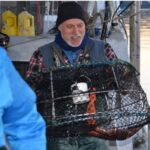Tag Archives: stern trawlers

From Doryman to Trawlerman: Maurice Kearley reflects on “the days of wooden ships and iron men.”
He started cod fishing with his father at age eight and then lobster fishing with his brother, Art, at age 12, when he earned enough money to buy his first suit of clothes. Maurice Kearley was 16 when he first went fishing on the Grand Banks in 1944,,, During the next 36 years, until he retired from the sea to work on land at age 52, he fished on vessels that evolved from the wooden schooners to steel-side trawlers and then to steel-stern trawlers. At 16, he signed on as a doryman, onboard the 12-dory schooner Tweedsmuir, owned by the Warehams of Harbour Buffett, with his father, Thomas, as  his dorymate. He spent nine years as a doryman,,, The late 1940s and early 1950s saw a major shift in the offshore fishery with the building of fresh-fish filleting plants around the island, ushering in the end of the schooner salt-fishery and the arrival of steel side-trawlers.,, The introduction of stern trawlers in the mid-1960s was a real game-changer for the men who had previously manned the smaller side trawlers in the 1940s and ’50s. >click to read< 08:42
his dorymate. He spent nine years as a doryman,,, The late 1940s and early 1950s saw a major shift in the offshore fishery with the building of fresh-fish filleting plants around the island, ushering in the end of the schooner salt-fishery and the arrival of steel side-trawlers.,, The introduction of stern trawlers in the mid-1960s was a real game-changer for the men who had previously manned the smaller side trawlers in the 1940s and ’50s. >click to read< 08:42
One of the last great Gloucester schooners: The L.A. Dunton of Grand Bank celebrates 100 years – One of the last great Gloucester schooners: The L.A. Dunton of Grand Bank celebrates 100 years – She was a 10-dory schooner, with two men to a dory while fishing a crew of 22 men, including captain and cook, who lived in very cramped quarters. >click to read<
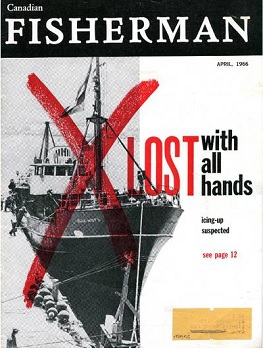
Down Memory Lane: From side trawlers to stern trawlers
The introduction of stern trawlers to the Burin Peninsula deep-sea fishery in the 1960s was a real game changer. Bonavista Cold Storage Company of Grand Bank had the province’s first stern trawler, the Grand Monarch, built in 1963. At the time BCS was also operating five other conventional side trawlers. In 1967 the company took delivery of the Grand Prince, the first of four larger stern trawler sister-ships, designed specifically to fish in challenging North Atlantic waters. These larger and newer vessels provided more comfort and safety. >click to read<19:51

































